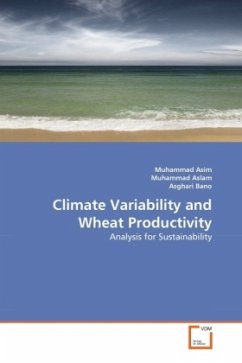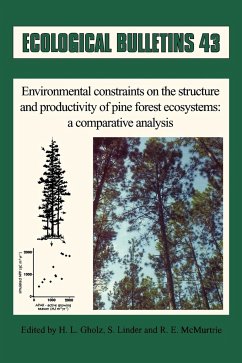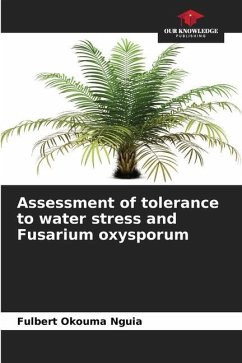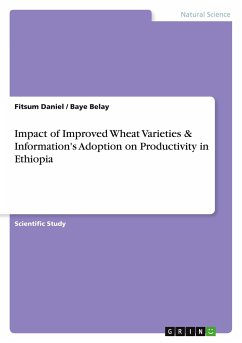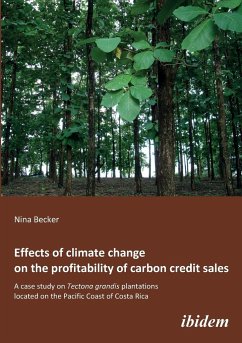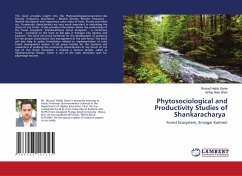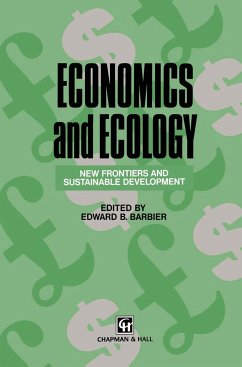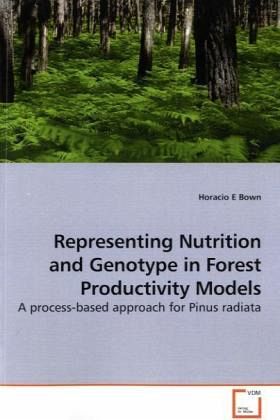
Representing Nutrition and Genotype in Forest Productivity Models
A process-based approach for Pinus radiata
Versandkostenfrei!
Versandfertig in 6-10 Tagen
52,99 €
inkl. MwSt.

PAYBACK Punkte
26 °P sammeln!
The overall aim of the study was to assess means to represent plant and soil nutrition and genotype of Pinus radiata in tree productivity physiological and hybrid models. The expression of tree growth and genotype in relation to nutrition were assumed to operate through three fundamental processes: photosynthesis, carbon allocation and plant nutrient cycling. One of the key findings was that the effects of nitrogen (N) and phosphorus (P) supply on photosynthesis were statistically independent and that growth-constrating clones did not differ in photosynthetic parameters. Another important find...
The overall aim of the study was to assess means to represent plant and soil nutrition and genotype of Pinus radiata in tree productivity physiological and hybrid models. The expression of tree growth and genotype in relation to nutrition were assumed to operate through three fundamental processes: photosynthesis, carbon allocation and plant nutrient cycling. One of the key findings was that the effects of nitrogen (N) and phosphorus (P) supply on photosynthesis were statistically independent and that growth-constrating clones did not differ in photosynthetic parameters. Another important finding was that the fraction of gross-primary productivity (GPP) partitioned below-ground increased with N rather than P deficiencies, and that faster growing clones partitioned a significantly greater fraction of GPP above-ground compared to slower-growing clones. This book attempts to represent some of the elements previously outlined into physiological hybrid productivity models.



